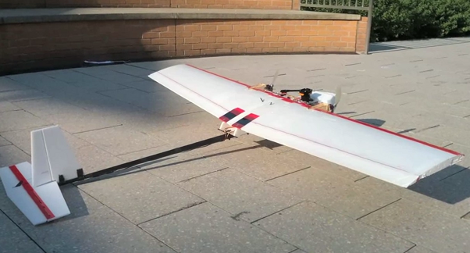
Before you get jealous of the massive amount of sway that hackaday must’ve tossed at these guys to get a dev kit, don’t be. We just funded the kickstarter like everyone else. This is exciting news though since, as you probably know, I’m very fond of immersive gaming and have always craved a strong VR rig.
We are expecting our dev kit some time in December. I have no idea exactly what we’ll do with it. Right now [John Carmak] has made the iD engine work with it and it ships with Doom3. They’ve stated that it will work with the Unreal engine as well. Even though I saw [Gabe Newell] from valve in the video, I don’t see any source engine compatibility in the list. I really would love to see that one added, especially since Valve released the source film maker for free.
So, who has ideas about what to do with this? I’d like to build a telepresence rig with stereo vision, possibly mounted on a radio controlled car chassis.
















